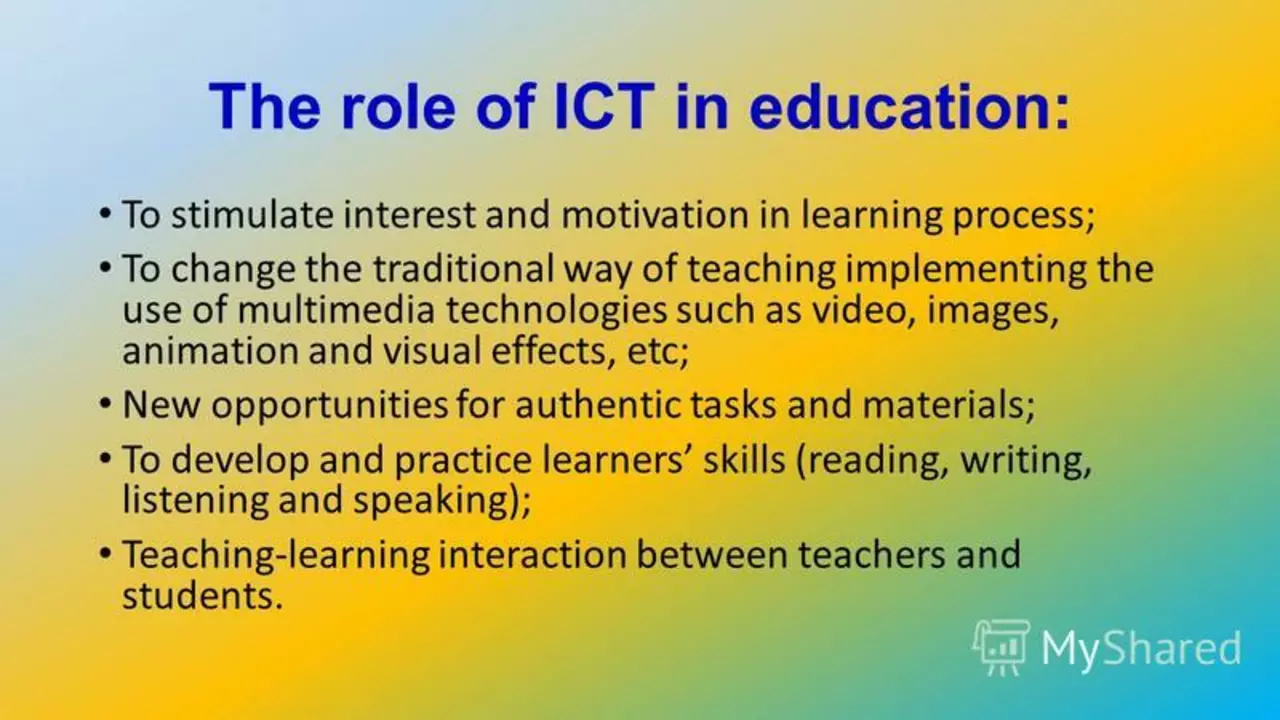Understanding the Influence of Technology in Education
In the modern era, technology has become an integral part of our lives. We use it daily, whether for communication, entertainment, or work. It has also significantly impacted our educational system. The use of technology in education has opened up new avenues for learning and teaching. It has enhanced the quality of education by making it more interactive and engaging. The role of technology in education is not just about using digital tools for teaching but also about changing the way we perceive education and learning.
Technology as a Learning Aid
One of the primary roles of technology in education is its usage as a learning aid. Technology helps in simplifying complex concepts and making them more understandable for students. Interactive videos, 3D models, and simulation software are some examples of how technology is used to explain difficult topics. These tools not only increase student engagement but also improve their retention and understanding of the subject matter. Technology also allows for personalized learning, where students can learn at their own pace and according to their own learning style.
Technology Facilitating Remote Learning
Another significant role of technology in education is facilitating remote learning. Online learning platforms, video conferencing tools, and digital classrooms have made it possible for students to learn from anywhere, at any time. This has been particularly important during the COVID-19 pandemic, where many schools and universities have had to switch to online learning. Remote learning has not only ensured the continuity of education during these challenging times but also made education more accessible to students who might not have been able to attend traditional classrooms due to various reasons.
Developing Essential Digital Skills
As we move towards a more digital world, having digital skills has become increasingly important. Technology in education plays a crucial role in developing these skills among students. By using digital tools for learning, students not only become proficient in using these tools but also develop critical thinking, problem-solving, and digital literacy skills. These skills are essential for the modern workplace and can give students a competitive edge when they enter the job market.
Technology Boosting Collaboration and Interaction
Technology can also boost collaboration and interaction among students. With tools like online forums, social media, and collaborative digital platforms, students can share ideas, discuss topics, and work on projects together, irrespective of their geographical location. This also fosters a sense of community and helps students develop teamwork and communication skills.
Technology in Assessments and Evaluations
Technology has also transformed the way assessments and evaluations are conducted in education. Digital assessment tools allow for immediate feedback, making it easier for both teachers and students to understand the areas of improvement. They also allow for more objective and fair evaluation. Moreover, technology can also help track a student's progress over time and provide personalized feedback based on their performance.
The Future of Technology in Education
The role of technology in education is not static but evolving. With advancements in technology, its role in education is also expected to grow. Artificial Intelligence, Virtual Reality, Augmented Reality, and Machine Learning are some technologies that are expected to shape the future of education. These technologies can make learning even more interactive, personalized, and effective. However, it is also important to ensure that technology is used responsibly and ethically in education, keeping in mind the privacy and security of students.
